
Gracillaria syringella is a moth of the family Gracillariidae. It is found in Europe. It has been introduced in North America.
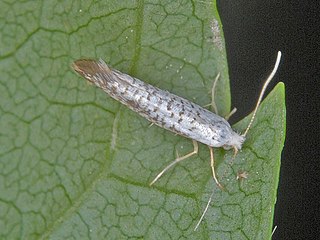
Argyresthia retinella is a species of moth of the family Yponomeutidae.

Parornix anglicella is a moth of the family Gracillariidae found in Asia and Europe. It was described in 1850, by the English entomologist Henry Tibbats Stainton, from a specimen from Lewisham, Kent.

Lyonetia clerkella, the apple leaf miner, is a moth in the family Lyonetiidae. It is found all over Europe, north-western Siberia, the Far East, northern Africa, the Middle East, Turkey, India and Japan.

Gypsonoma aceriana, the poplar shoot-borer, is a moth of the family Tortricidae. It is found from Europe to Russia, eastern Turkey and Iraq. It is also present in North Africa.

The lobster-clawed moth is a moth of the family Gelechiidae. It is found in most of Europe, except for the Iberian Peninsula and most of the Balkan Peninsula. In the east, the range extends to Siberia and Taiwan.

Epinotia nisella is a moth of the family Tortricidae which is found in the Palearctic, Europe and North America. It was first described by Carl Alexander Clerck in 1759.

Phyllonorycter heegeriella is a moth of the family Gracillariidae. It is found in all of Europe, except the Iberian Peninsula and the Balkan Peninsula.

Phyllonorycter roboris is a moth of the family Gracillariidae. It is found in all of Europe.
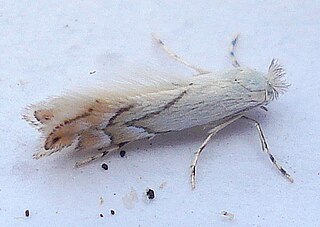
Phyllonorycter harrisella is a moth of the family Gracillariidae. It is found in all of Europe, except the Balkan Peninsula and the Mediterranean islands.
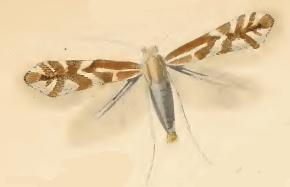
Phyllonorycter viminetorum is a moth of the family Gracillariidae. It is found from Latvia to the Pyrenees and Italy and from Ireland to Ukraine.

Phyllonorycter hilarella is a moth of the family Gracillariidae. It is found in all of Europe, except the Balkan Peninsula and the Mediterranean Islands.
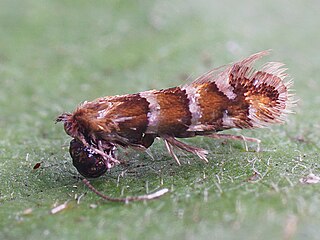
Phyllonorycter klemannella is a moth of the family Gracillariidae. It is known from all of Europe, except Greece.

Phyllonorycter nigrescentella is a moth of the family Gracillariidae. It is known from all of Europe except the Balkan Peninsula.

Phyllonorycter rajella is a moth of the family Gracillariidae. It is known from all of Europe, except the Iberian Peninsula and Greece.

Parornix betulae is a moth of the family Gracillariidae. It is known from all of Europe, east to Korea. It was recently reported from Canada, with records from Québec, Ontario and British Columbia.

Parornix devoniella is a moth of the family Gracillariidae found in Europe. The larvae are leaf miners, feeding on the tissue inside the leaves of hazels Corylus species.

Parornix loganella is a moth of the family Gracillariidae. It is found from Fennoscandia and northern Russia to the British Isles, Denmark and the Baltic States.

Parornix scoticella is a moth of the family Gracillariidae. It is known from all of Europe.
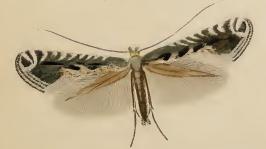
Parornix torquillella is a moth of the family Gracillariidae found in Europe. The larvae mine the leaves of Prunus species, such as blackthorn. It was described by the German entomologist Philipp Christoph Zeller in 1850, from specimens found in Florence, Leghorn and Pisa.

















